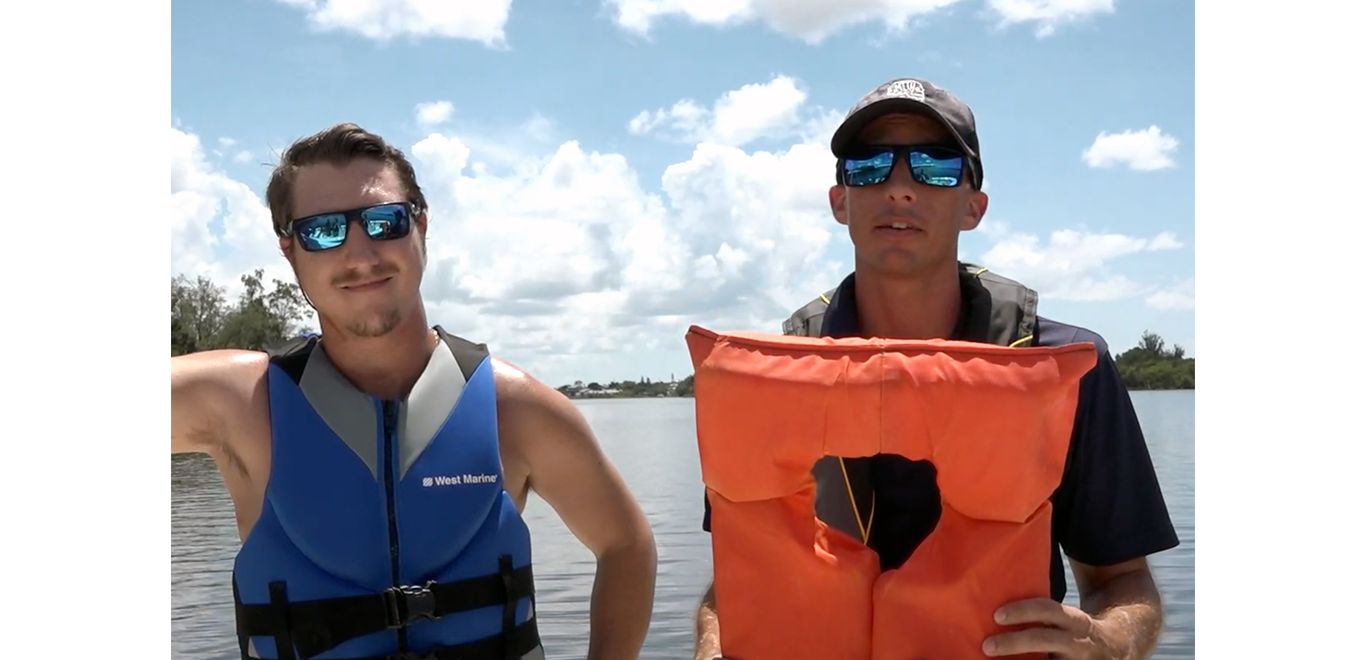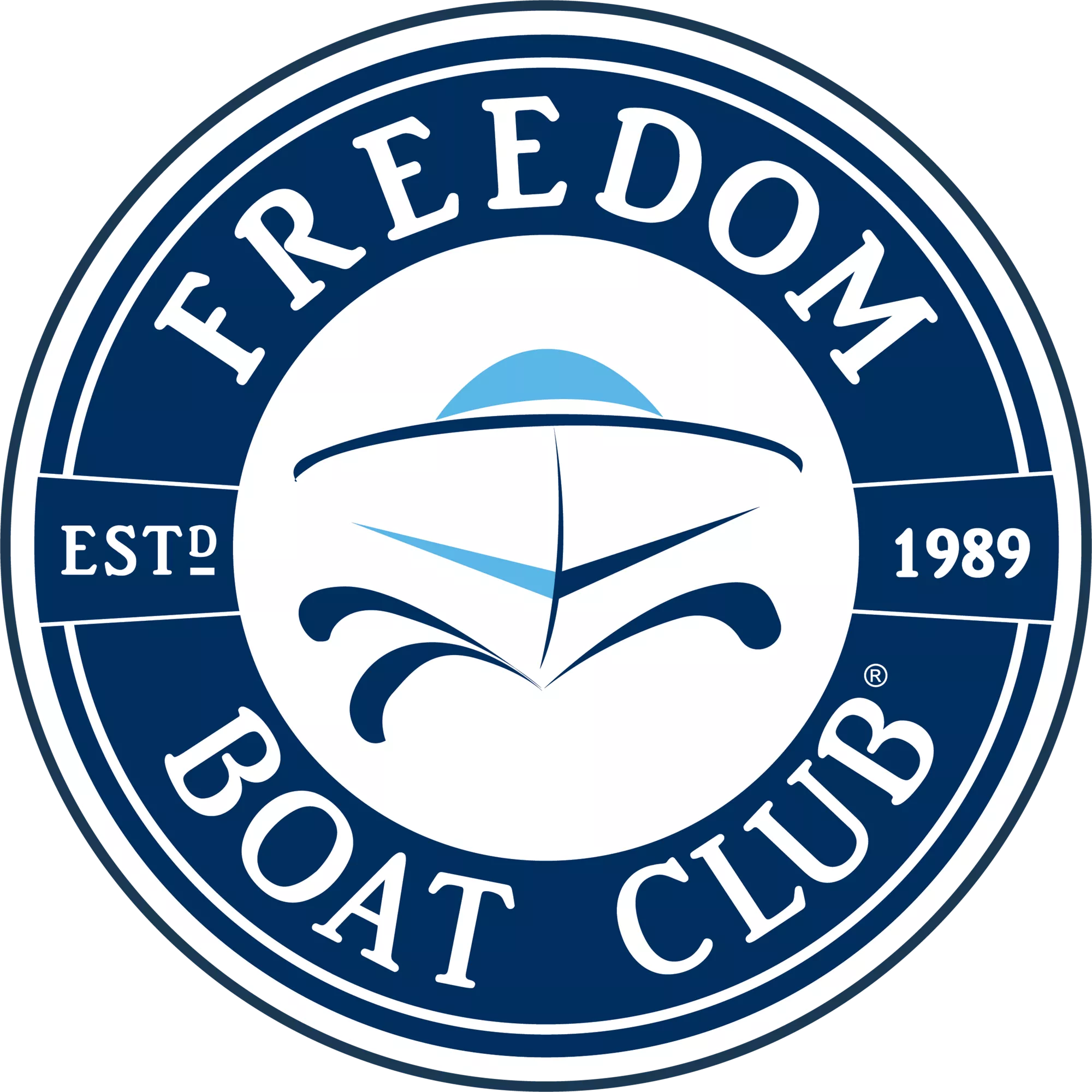
From a practical safety standpoint, boaters should always wear a PFD (Personal Flotation Device). However, every U.S. state has different laws regarding the wearing of PFDs, so you should always check your local laws to see what is applicable.
It is also important to remember that there are many kinds of PFD. Boaters should always be careful to wear the correct vest for the specific activity they will be enjoying.
When you go to the store, you will find vests for fishing, kayaking, stand-up paddleboarding — there is a different vest available for just about any watersport activity.
The most common types for watersports have a foam insert and either a nylon or neoprene exterior. Neoprene is the same material as used for wetsuits (and mousepads!).
The regular orange lifevests (as shown on the right of the picture at the top of this article) are NOT designed for watersports and should never be used.
On the back, on the inside of the vest, always make sure that your vest is labelled as “USCG Approved” to show that it meets U.S. Coast Guard requirements.
Watersports vests should have a zipper, and at least 2 but more often 3 or 4exterior buckles that come across your chest and stomach.
Remember that PFDs come in different sizes and cuts, too, depending on body type! They should fit snugly and be well-fitted to your body, so that, if you should fall into the water, it will not ride up over your head. PFDs designed for adults will not work for children, who should be fitted with their own special vests.
